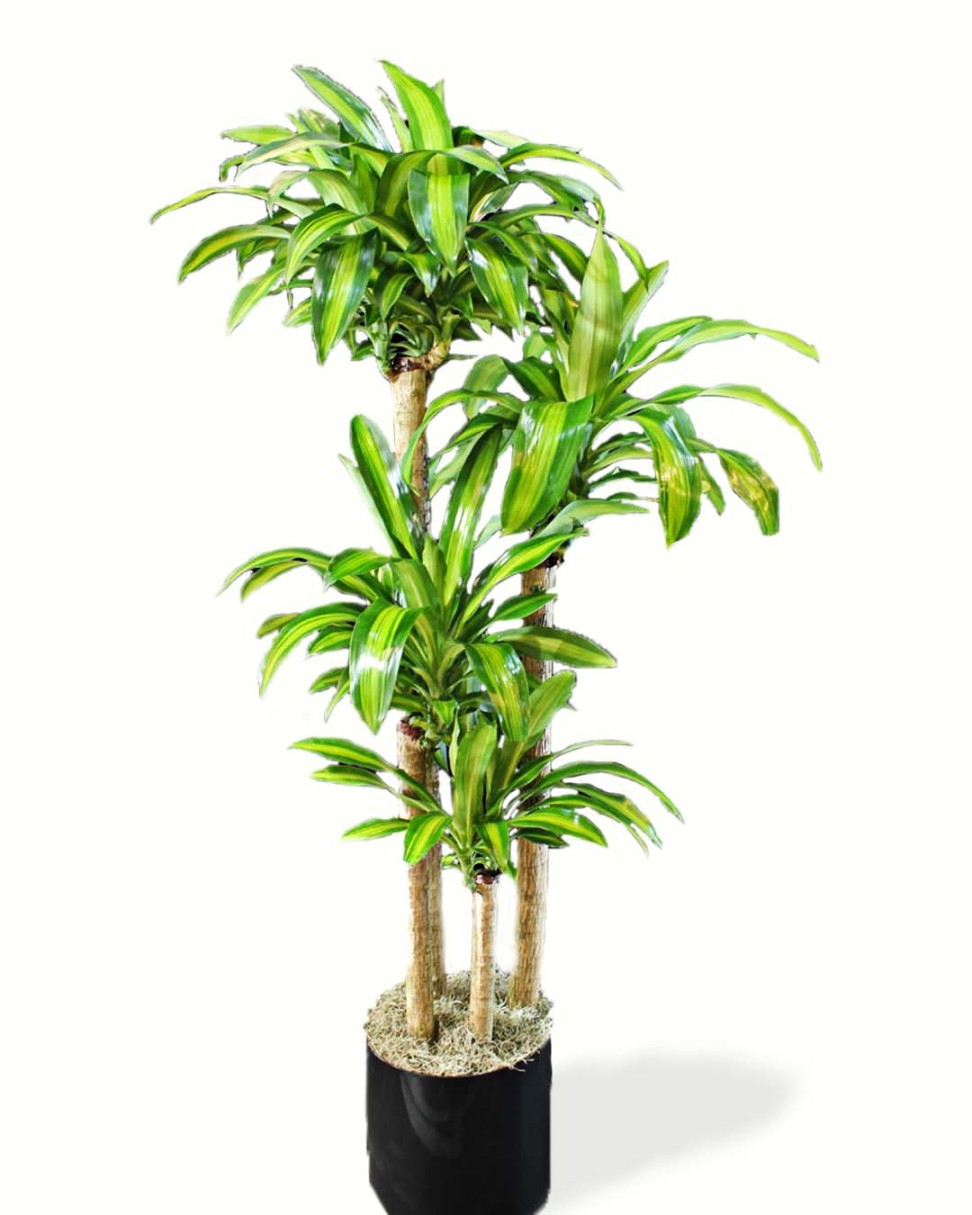Cornstalk Plant: A Versatile Addition to Your Garden
The cornstalk plant, scientifically known as Dracaena fragrans ‘Massangeana,’ is a popular houseplant renowned for its striking appearance and air-purifying qualities. With its long, slender leaves adorned with vibrant green and creamy-yellow stripes, this plant can elevate the aesthetic appeal of any indoor or outdoor space.
Native to tropical Africa, the cornstalk plant is a member of the Dracaena genus. It derives its common name from its resemblance to cornstalks, particularly in its upright growth habit and the arrangement of its leaves. This plant is relatively low-maintenance and can thrive in various lighting conditions, making it a versatile choice for gardeners of all experience levels.
One of the most significant advantages of the cornstalk plant is its ability to improve indoor air quality. It effectively removes harmful toxins such as formaldehyde, benzene, and trichloroethylene from the air, contributing to a healthier living environment.
Light: While the cornstalk plant can tolerate low-light conditions, it thrives in bright, indirect light. Avoid exposing it to direct sunlight, as this can scorch the leaves.
The cornstalk plant can be propagated through stem cuttings. To propagate, cut a healthy stem section and plant it in well-draining potting mix. Keep the cutting moist and in a warm location until it roots.
Cornstalk plants are generally resistant to pests and diseases. However, they may occasionally be affected by mealybugs or scale insects. If you notice any infestations, treat them promptly with insecticidal soap or neem oil.
The cornstalk plant is a beautiful and functional addition to any home or office. Its striking appearance, air-purifying qualities, and low-maintenance nature make it a popular choice among plant enthusiasts. By following these simple care tips, you can enjoy the beauty and benefits of this versatile plant for years to come.

